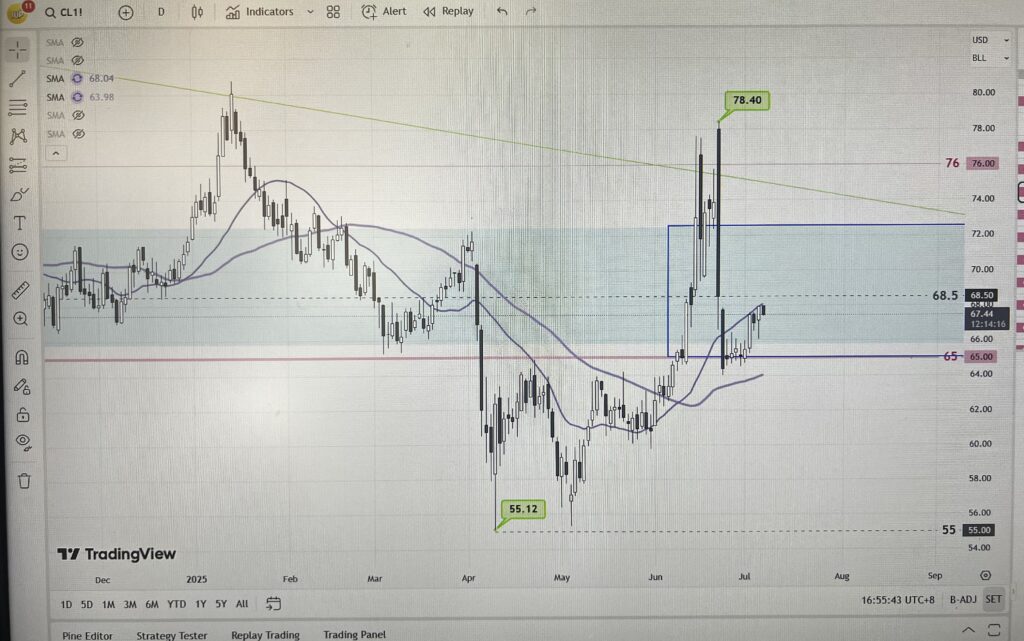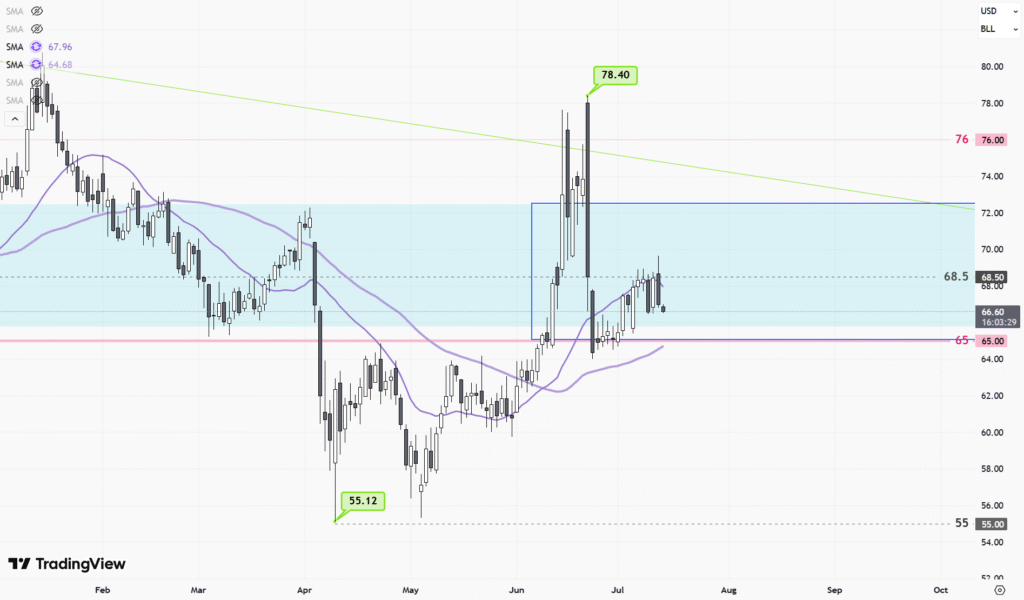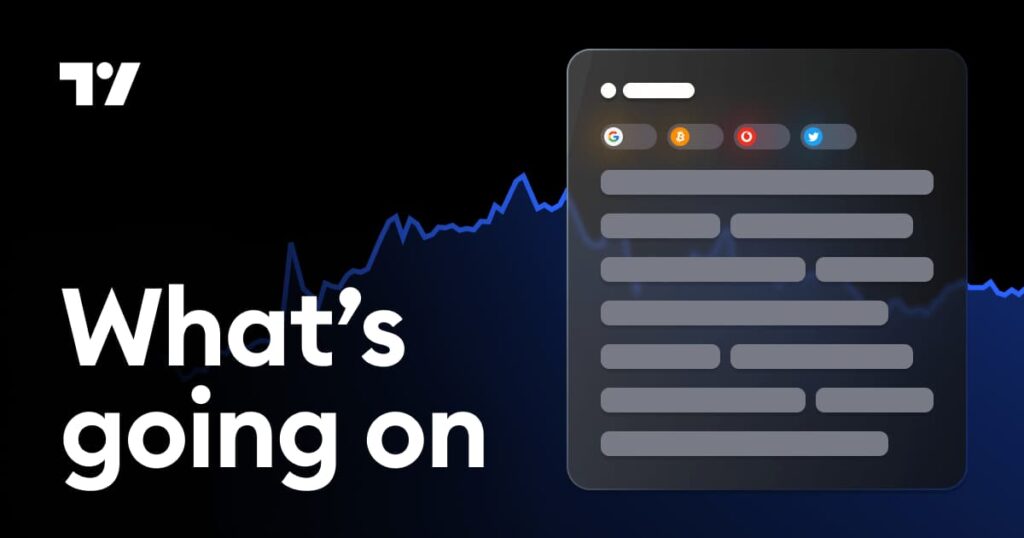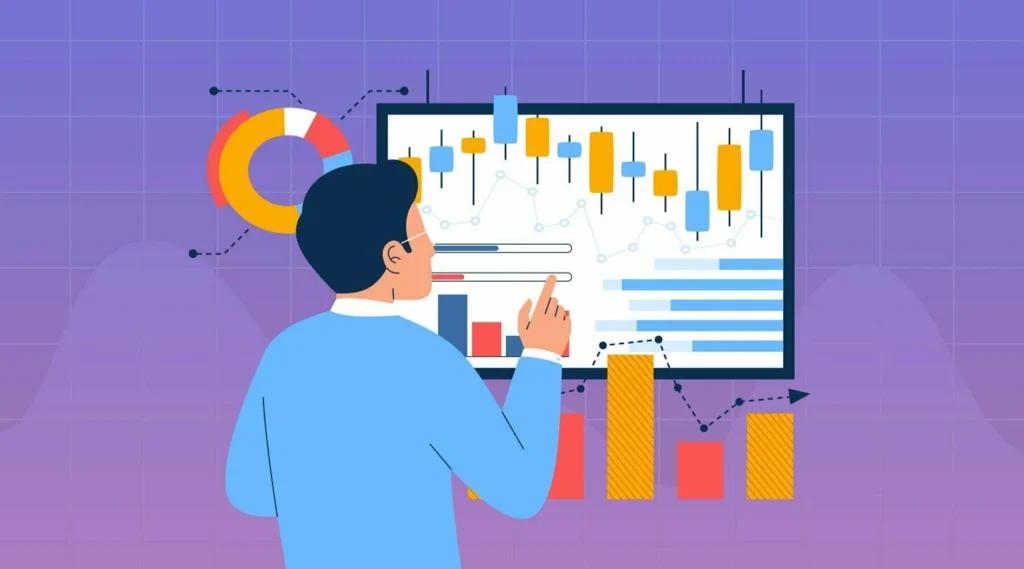 |
| Gold V.1.3.1 signal Telegram Channel (English) |
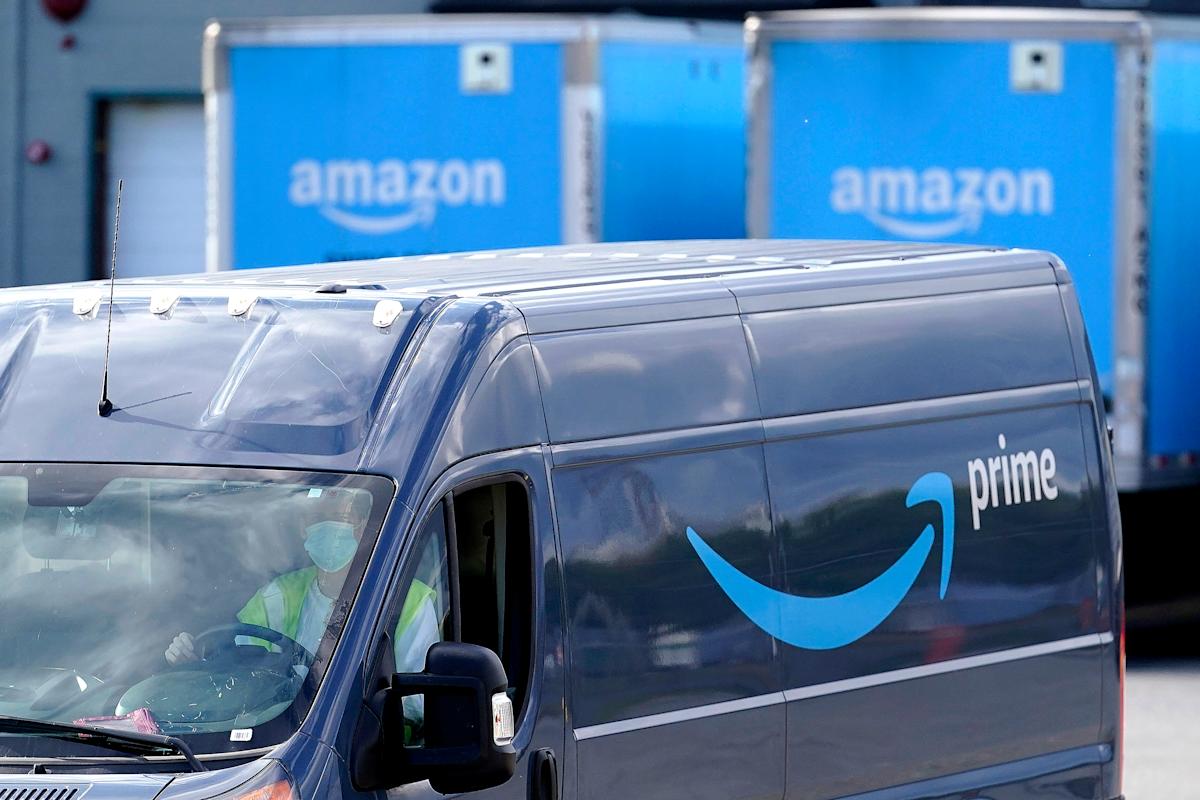
Amazon’s Bold Grocery Expansion: Redefining Delivery, Pricing, and Market Competition in 2025
2025-08-15 @ 00:01
Amazon is doubling down on its grocery business, setting the stage for a new phase of competition and potential disruption in the food retail sector. The company’s latest strategic moves and investments aim not only to seize greater market share but also to challenge longstanding pricing structures and redefine the customer experience in grocery shopping.
Amazon’s Expanding Grocery Ambitions
Amazon already captures nearly a quarter of the US digital grocery market, ranking just behind Walmart. The company’s recent investments showcase a clear intention to accelerate its presence, both through online expansion and a growing network of physical stores under the Amazon Fresh and Whole Foods Market banners.
A significant development is Amazon’s push to expand its Same- and Next-Day Delivery services, targeting thousands of smaller cities, towns, and rural areas across the United States by the end of 2025. This expansion is a response to increasing consumer demand for fast, convenient delivery of everyday essentials like groceries and household items—categories that now account for roughly one-third of all units sold on Amazon’s US platform.
Shifting Market Dynamics
While digital grocery sales have boomed, in-person shopping still dominates for many households, especially when it comes to perishables like fresh produce and meat. Walmart’s vast network of over 4,600 stores gives it a logistical advantage, enabling it to reach 93% of US households with express delivery times as short as 30 minutes.
Amazon’s challenge remains creating a seamless and comprehensive grocery offering to rival Walmart’s breadth and neighborhood presence. Its physical footprint is still relatively limited, with just over 60 Amazon Fresh stores and more than 535 Whole Foods locations. Despite that, Amazon’s investment in logistics innovation—such as refining inventory placement and expanding its rural delivery reach—shows its determination to close the gap.
Reimagining Fees and Value
One of the most potentially disruptive elements of Amazon’s grocery strategy is its approach to fees. The company has introduced a $9.99-per-month grocery delivery subscription (or $99.99 per year), promising unlimited grocery deliveries—a move that could set new expectations for cost and convenience across the industry. For households that shop regularly, this subscription can pay for itself after just one or two orders per month, amplifying its appeal.
Beyond direct pricing, Amazon is leveraging its technological infrastructure to offer shoppers additional value, such as generative AI-powered product summaries and reviews, making the process of choosing groceries easier and more informed.
Innovation in Fulfillment and Assortment
Inventory visibility is a widespread challenge in grocery retail, with billions lost industry-wide each year due to inefficiencies. Amazon’s focus on regionalized fulfillment centers and advanced automation aims to address these gaps, not only improving the customer experience but also lowering operational costs. These innovations can help Amazon offer a broader selection—nearly three million grocery and household items—at consistently low prices.
Whole Foods has shown solid growth since its acquisition by Amazon in 2017, with over 40% sales growth. Amazon Fresh locations are also seeing increased customer engagement, reporting over 20% higher average monthly in-store spending after recent redesigns.
Obstacles Ahead
Despite impressive digital gains, Amazon faces hurdles as it seeks to scale in grocery. Many consumers still prefer to shop for perishables in person, and Amazon’s selection and pricing strategy need further refinement to match the nuances of the category. Traditional grocers like Kroger and Walmart hold significant advantages through their extensive stores and established supply chains.
However, Amazon’s combination of logistics innovation, aggressive fee structure, and constant expansion signals it won’t be content with second place. The battle for grocery market dominance is moving beyond simple price wars to a more complex contest involving speed, selection, technology, and customer loyalty.
Implications for the Grocery Landscape
Amazon’s moves could spur an industry-wide reevaluation of delivery fees and value-added services in grocery e-commerce. If successful, its subscription-based delivery could pressure rivals to cut or eliminate fees, benefiting regular online shoppers.
For Amazon, the ultimate prize is not just a larger slice of the grocery pie, but also a deeper share of household spending and customer data—fuel for further innovations and market expansion. Meanwhile, customers stand to benefit from greater convenience, potentially lower costs, and a frictionless blend of in-store and online grocery shopping.
As Amazon continues to innovate and invest, the grocery sector can expect more competition, better service options, and, likely, a reshaping of how Americans buy their food essentials in the coming years.


